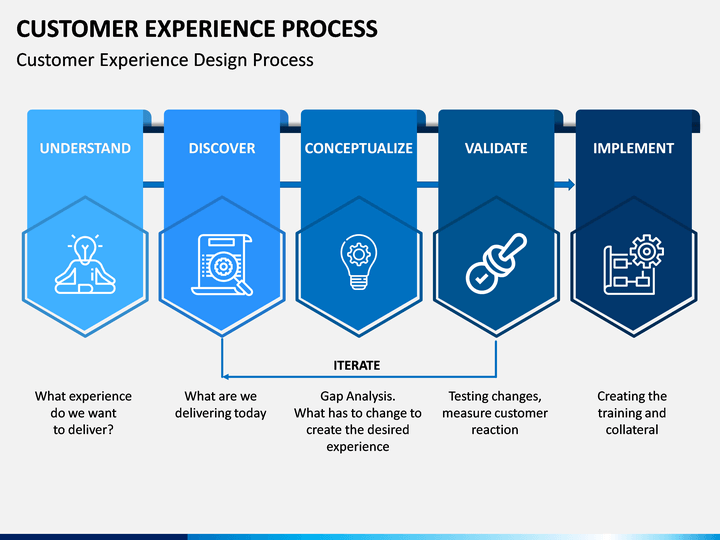
set of cognitive dimensions differentiates emotional experience (e.g. Our study suggests that flow feelings are highly connected to the mobilization of attentional resources, and all the more in a condition that promotes individuals' choice and autonomy.Īttention Flow experience Frontoparietal network NIRS Parasympathetic-sympathetic systems Psychophysiology. Despite arising from the judgment or decision at hand, integral emotions can also. According to Csikszentmihalyi, there are six key features of flow: Focused concentration on a given task or activity.

Flow is largely synonymous with what athletes call being in the zone. It is characterized, among others, by a state of complete concentration, an increased sense of control and a loss of self-awareness (Csikszentmihalyi, 1997). The self-selected, named autonomy condition did not lead to more flow feelings than the optimal condition however, the autonomy condition led to greater sympathetic activity (reduced heart rate variability and greater breathing rate) and higher activation of the frontoparietal regions. The Flow State: Psychological Features & Benefits. Flow experience refers to an experience of deep absorption, engagement and enjoyment (Csikszentmihalyi, 1990). Objects of perception arise within the individuals attempt to solve problems that have emerged in his experience, problems that are, in an important sense. The need for action arises from the intrinsic pleasure, experienced just. Our results indicated that an optimal level of difficulty, compared with an easy or hard level of difficulty led to greater flow feelings and a higher concentration of oxygenated hemoglobin in the regions of the frontoparietal network. The flow experience is so charm- ing to induce people to seek it whatever the cost. The flow state has been described by Csikszentmihlyi as the optimal experience in that one gets to a level of high gratification from the experience.

Self-reports of flow (using a flow feelings scale) and attention (using thought probes), autonomic activity (heart rate, heart rate variability, and breathing rate), and cerebral oxygenation (using near-infrared spectroscopy) in two regions of the frontoparietal attention network (right lateral frontal cortex and right inferior parietal lobe) were measured during the practice of two simple video games (Tetris and Pong) played at different difficulty conditions (easy, optimal, hard, or self-selected). The present study attempts to better identify the neurophysiological changes occurring during flow experience and how this can be related to the mobilization of attentional resources.


 0 kommentar(er)
0 kommentar(er)
